views

Unwind
1. Intermittent: There is no tension change when the web is unwinding, so no adjustment is required. It is used on flat flattening and round flattening labeling machines, and the unwinding speed is slow. Since this type of equipment does not have a paper positioning correction device, the end face of the web is required to be clean to ensure accurate overprinting during printing.
2. Continuous type: applied to the rotary labeling machine. Since the paper tension changes when the diameter and speed of the roll paper changes, the device has automatic or manual tension control mechanisms, as well as a roll paper correction device to ensure smooth paper feeding and printing quality.
Bronzing
1. Flattening: applied to the round flattening and flattening label machine, the speed is low.
2. Round pressing: applied to the round pressing label printing machine, with high speed and continuous hot stamping. Generally, it is rarely used, and the gold printing process is generally used instead of hot stamping.
1. Flattening: suitable for small area, simple pattern printing, such as price tags, barcodes, etc.
2. Circular flattening: suitable for label printing with solid, general patterns, and simple color halftone printing. The round press is suitable for all kinds of pattern label printing, especially suitable for high-grade color halftone label printing.
3. UV printing: In the above three printing methods, after adding UW drying, film self-adhesive materials can be printed.
Hot stamping first, then printing
On equipment without UV drying, common inks are used, the disadvantage is that the printing pattern design is limited.
First printed, then hot stamped
It is applied to equipment with UV drying device. After the ink is dried quickly, the ink is stamped on the ink. The stamping pattern can be arbitrarily designed without the restriction of the ink. It is suitable for the printing of high-grade labels and is an advanced production process.
Glazing
Field varnishing: Coating a layer of varnishing oil on the surface of the ink, the main purpose is to protect the ink layer, prevent intrusion, waterproof and improve the surface gloss. It can replace the lamination process and use the UV drying method.
Lamination
The purpose of laminating on paper or film material is to protect the ink, waterproof and moisture-proof, increase the strength of the label, and increase the three-dimensional effect of the pattern. Lamination is divided into liner lamination and linerless lamination. Due to the low cost of the latter, it is currently widely used. According to the requirements of the process, there are two kinds of composite transparent film and matt film, the former is more commonly used.
Punch
The application is not common, mainly used for computer-printed labels. The requirement is to punch positioning and driving holes on both sides of the label, or the label applied on the price tag gun, and it is required to punch holes in the middle of the label for positioning and driving.
Die cutting
The die-cutting of self-adhesive labels is a half-cut through T process, that is, only the surface material is cut through and the backing paper is retained. There are two processing methods:
1. Flat die cutting, suitable for all kinds of label printing machines, manual plate making, low wood yield, short plate making cycle, but low viscosity, suitable for short-run live printing processing.
2. Circular die-cutting, which should be used in the round-pressing and circular labeling equipment, has high speed and high die-cutting viscosity, and is suitable for long-running work. The disadvantage is that the plate-making cost is high and the cycle is long.
Delivery
It can be roughly divided into cut delivery and folded delivery.
Washi Mill is a washi tape manufacturer and exporter, using the above technology to print many kinds of washi tape,providing customized services for our customers, welcome to call +86-15999751683, email kala@craftwashitape.com or visit https://www.washimill.com/.


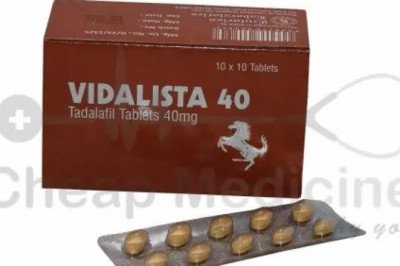
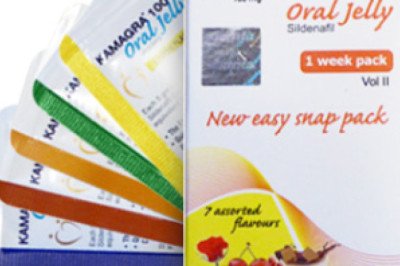
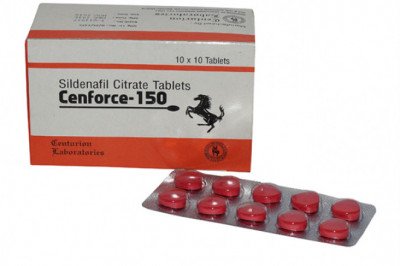
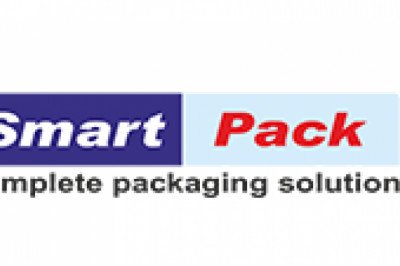

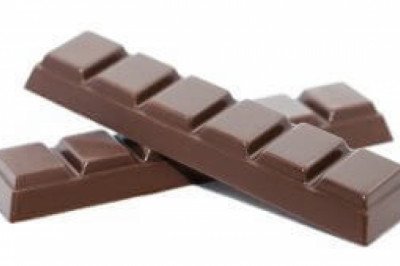



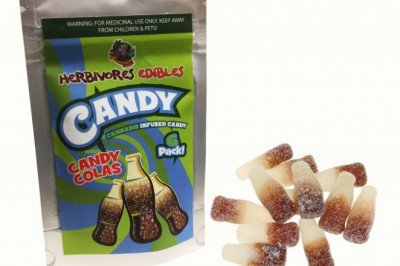
Comments
0 comment